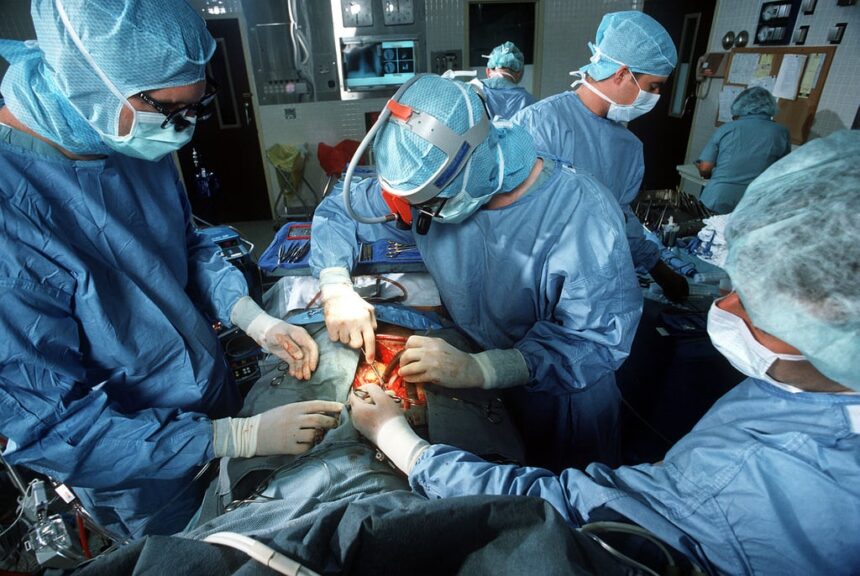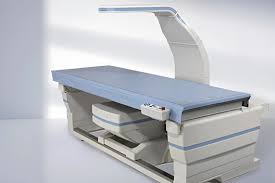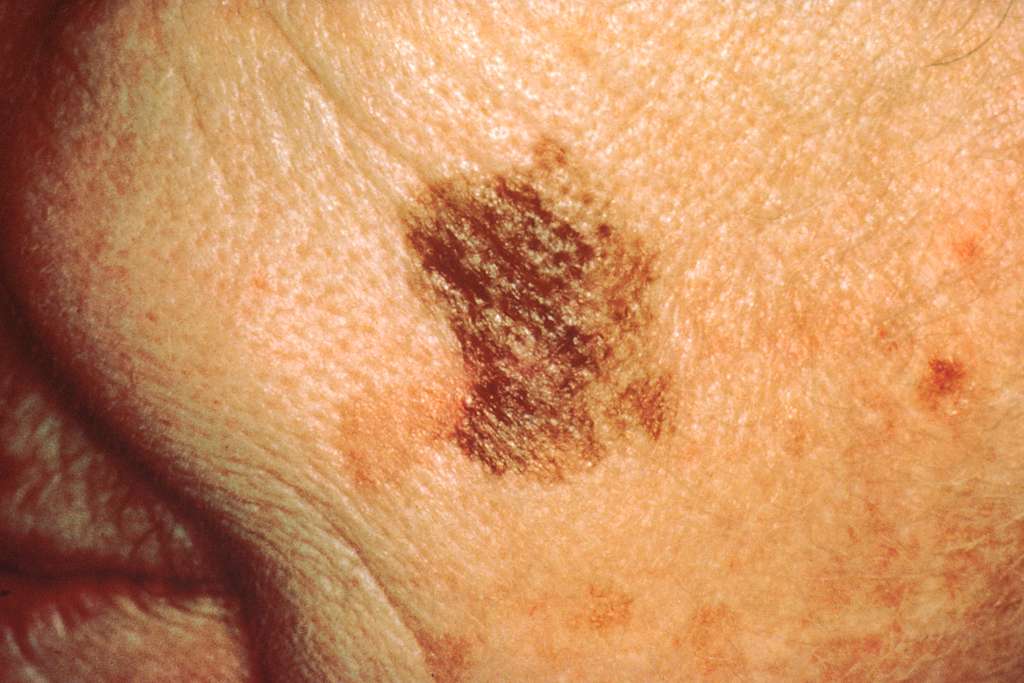General surgery encompasses a broad range of procedures that address conditions affecting various parts of the body, including internal organs, skin, and soft tissue. A general surgeon is a skilled professional who diagnoses and effectively manages surgical conditions. Here is some information about common general surgeon specialties and how they contribute to your overall well-being.
1. Ulcers
Peptic ulcers, which form on the lining of the stomach, upper small intestine, or esophagus, may necessitate surgery when complications occur. These complications can include bleeding, perforation, or digestive obstruction. To address such issues, a general surgeon may perform the following procedures:
- Vagotomy: Severing specific nerves to reduce acid production.
- Pyloroplasty: Expanding the stomach’s opening into the small intestine to improve food flow.
- Partial Gastrectomy: Removing a portion of the stomach to alleviate symptoms and prevent further damage.
Surgical intervention not only alleviates symptoms but also prevents serious complications, enhancing overall health and improving the quality of life for patients.
2. Burns
Severe burn injuries may require surgical procedures to restore function and promote proper healing. Burns that damage more than the superficial layer of the skin often requires debridement to remove dead tissue and reduce the risk of infection. Surgical procedures are also used to repair damage from third-degree burns, which penetrate deep into tissue layers. Reconstructive surgery, such as skin flap techniques, can help restore function and aesthetics to affected areas, improving long-term outcomes. Early intervention and proper surgical care are key to minimizing complications and achieving the best possible recovery.
3. Skin Grafts
Skin grafting is a medical procedure used to replace damaged or missing skin caused by burns, injuries, or surgical excisions. The process involves transplanting healthy skin onto the affected area, which can come from the patient’s own body (autograft) or a donor source (allograft). This technique restores the skin’s integrity, aids in wound healing, and prevents exposure of underlying tissues to further damage or infection.
General surgeons perform two primary types of skin grafts, each tailored to specific needs. Split-thickness grafts cover larger surface areas, such as extensive burn injuries, by using the outermost layers of skin. Full-thickness grafts, which include deeper skin layers, provide durable coverage for smaller wounds. Both graft types restore functionality and improve aesthetic outcomes for patients.
4. Swelling
Swelling from deep tissue injuries can indicate underlying damage caused by prolonged pressure or trauma. Managing swelling helps prevent complications like infection or further tissue damage. Techniques such as elevating the affected area, applying compression, and using prescribed medications can reduce swelling and improve healing. In severe cases, medical procedures may be necessary to manage the swelling and facilitate recovery. Early intervention is key to minimizing long-term effects and promoting faster recovery.
Meet With A General Surgeon
General surgeries treat a wide range of conditions, from ulcers to severe tissue injuries. These procedures promote healing, restore function, and improve quality of life. If you or a loved one needs surgery, consult a qualified general surgeon to get the care and guidance you need. Seek medical advice to explore your options and take the next step toward better health.
- How Acupuncture Can Complement Other Forms of Pain Relief
- Understanding the Emotional and Physical Benefits of a Breast Lift
- Toothache or Infection? How to Tell the Difference and What to Do About It
- Hypertension in Women: Symptoms and Management
- How Orthopedic Specialists Tackle Sports Injuries Effectively









